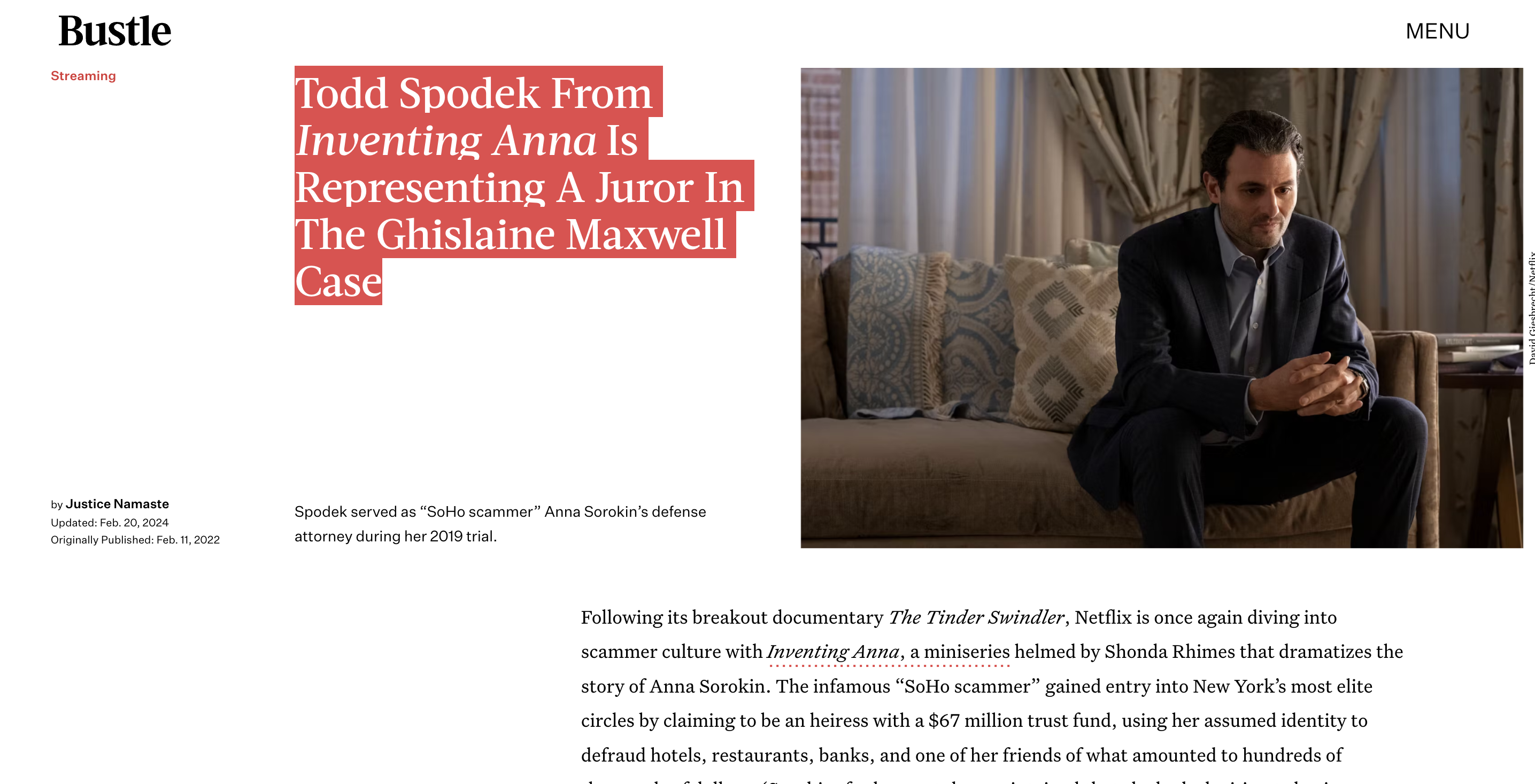Blog
Using Sentencing Memorandums to Sway Judges in Counterfeiting Cases
Contents
Using Sentencing Memorandums to Sway Judges in Counterfeiting Cases
If you’ve been charged with counterfeiting – whether counterfeiting money, trademarks, copyrighted works, or other intellectual property – you may be facing serious penalties. Judges have a lot of discretion in sentencing for counterfeiting convictions. A well-written sentencing memorandum can be crucial in getting the most lenient sentence possible under the circumstances.
Key Components
While the specific content will vary case-by-case, some key components sentencing memos often include are:
- Background on the defendant, including family history, education, employment, financial situation, physical/mental health issues, etc.
- An explanation of the circumstances surrounding the offense.
- Acceptance of responsibility and expression of remorse.
- A discussion of the defendant’s rehabilitation efforts and future plans.
- Letters of support from family, friends, employers, etc.
- A nuanced critique of the pre-sentence investigation report, if applicable.
- An analysis of relevant sentencing factors and case law.
- A sentencing recommendation with supporting rationale.

By thoughtfully addressing these areas, the defense can construct an argument as to why the judge should impose less than the maximum penalty permitted under the statutes.
Discussing Mitigating Factors
A major component of any sentencing memo is outlining mitigating factors – information about the defendant or the circumstances of the offense that would warrant a more lenient sentence. Common factors highlighted include:
- Minimal criminal history – First-time or low-level offenders may argue they deserve a chance at rehabilitation without harsh punishment.
- Cooperation with authorities – Admitting guilt, expressing remorse, and assisting investigations shows acceptance of responsibility.
- Vulnerabilities – Defendants may have mental health issues, substance abuse problems, cognitive disabilities, or traumatic backgrounds that impacted their judgment.
- Family obligations – Judges may show mercy to single parents or those responsible for supporting dependents.
- Productive lives – Steady employment, community service, educational pursuits, etc. demonstrate capacity for being a law-abiding citizen.
- Limited role in offense – Downplay involvement by contrasting with codefendants who played a larger part.
While counterfeiting is undoubtedly a serious crime, even severe offenses can have shades of gray. Skillful advocacy requires presenting the human being behind the charges in the best possible light. Sentencing memos give attorneys that chance.
Analyzing Relevant Factors
Federal statutes outline factors judges must weigh when imposing a sentence. For counterfeiting crimes, 18 U.S. Code § 3571 is particularly relevant. This section covers fines for individual and organizational defendants. It instructs the court to consider:
- The nature and circumstances of the offense.
- History and characteristics of the defendant.
- Need for the sentence to:
- Reflect seriousness of offense, promote respect for the law, and provide just punishment.
- Afford adequate deterrence.
- Protect the public from further crimes.
- Provide the defendant with educational or vocational training, medical care, or other correctional treatment.
- Kinds of sentences available and sentencing range.
- Need to avoid unwarranted disparities with similarly situated defendants.
- Restitution to any victims.
By methodically addressing each consideration, attorneys can formulate arguments to encourage a more lenient sentence under the facts of the case. They may also distinguish their client’s situation from relevant case law imposing harsher penalties.
Sentencing Recommendation
The final component of a sentencing memorandum is the actual sentencing recommendation – the defense’s request for what they believe to be an appropriate punishment given everything outlined in the memo. This should tie together the themes and mitigating circumstances previously discussed into a cohesive justification for a lighter sentence.
Although judges have wide latitude, sentencing memorandums can impact their decisions in several ways, such as:
- Persuading them to sentence on the lower end of the guidelines range rather than the higher end.
- Convincing them discretionary departures or variances from the guidelines are warranted.
- Swaying them to run multiple counts concurrently rather than consecutively.
- Encouraging them to impose supervised release and/or community service rather than straight incarceration.
Even seemingly minor distinctions can make huge differences in a defendant’s quality of life post-conviction. Savvy sentencing advocacy can potentially save years behind bars.
Writing an Effective Sentencing Memorandum
Drafting a compelling sentencing memorandum is no easy feat. Certain techniques can help maximize persuasiveness:
- Tell a coherent story – The memo should flow logically from background to offense to mitigators to recommendation.
- Show, don’t just tell – Anecdotes, examples, and descriptors help judges connect with the defendant as a human being.
- Strike the right tone – Balance empathy, sincerity, professionalism, and high-quality writing to build credibility.
- Be meticulous – Thoroughly investigate facts, verify sources, perfect grammar, formatting, etc. Attention to detail is impressive.
- Connect the dots – Explicitly link mitigating factors and statutory considerations to the sentencing request using transitions, topic sentences, etc.
Additionally, physically formatting the document in a polished, easy-to-follow manner shows extra effort to get the client’s message across. This further augments the sincerity of the attorney’s arguments.
Common Defenses in Counterfeiting Cases
Beyond sentencing mitigation, establishing affirmative defenses can sometimes achieve full acquittals in counterfeiting prosecutions. Defendants may argue:
- They were unaware the goods were counterfeit – 18 U.S. Code § 2320 requires proving intentional trafficking.
- Someone else committed the offense – Misidentification or framing by the real counterfeiter creates reasonable doubt.
- They were entrapped – Undercover agents induced commission of a crime that otherwise would not have occurred.
- It was protected free speech – Merely depicting currency, logos, etc., without meaningful risk of fraud, is permissible.
Still, affirmative defenses face an uphill battle given counterfeiting’s intent requirements and speech restrictions. Factual innocence claims require strong evidence. Sentencing advocacy is often more pragmatic.









